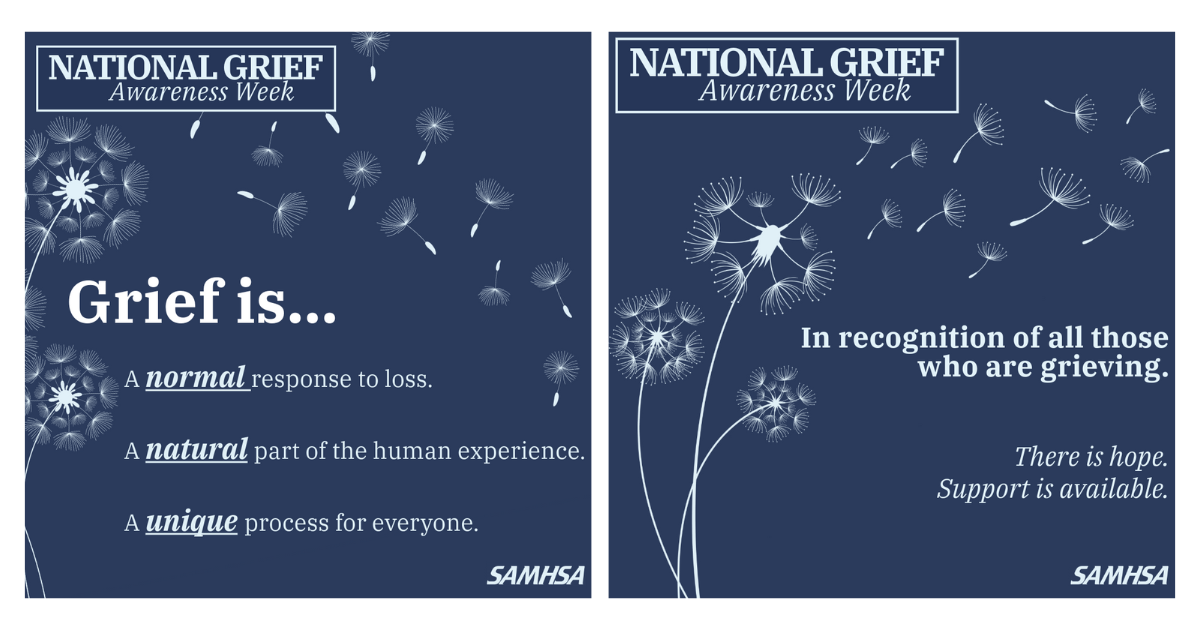Online Reviews: How to Protect Your Funeral Home Reputation [PART 2]
In part one of this series I covered the importance of funeral directors and funeral homes being online and engaged with social media as a way to monitor what is being said about their funeral home, both positive and negative. I addressed how not being involved was more harmful then the possibility of social media making the funeral home more vulnerable to negative feedback.
So, the next thing I need to address is how to handle negative comments and feedback. Below I have provided you with a detailed guide on exactly what to do if you encounter negative reviews or feedback online.
Identify the type of feedback
The first step to dealing with feedback is determining what type of feedback you’ve received. Negative feedback comes in a few different flavors, each of which is best dealt with by a different type of response. Determining which type of feedback you’re dealing with is an essential first step toward figuring out what is the appropriate response.
Straight Problems – Someone has an issue with your product or service and has laid out exactly what went wrong. This type of feedback is negative sense that it paints your business in a poor light, but it can be helpful in exposing real problems that need to be dealt with.
Constructive Criticism – Even more helpful is when the comment comes with a suggestion attached. Many customers — including some of your most loyal — will use social media to suggest ways in which you can improve your product or service. While this type of feedback may point out your flaws, and is thus negative, it can be extremely helpful to receive.
Merited Attack – While the attack itself may not be merited, the issue that catalyzed it does have merit in this type of negative feedback. Essen=ally, you or your company did something wrong, and someone is angry.
Trolling/Spam – The difference between trolling and a merited attack are that trolls have no valid reason for being angry at you. Also in this category are spammers, who will use a negative comment about your product or service (whether true or not) to promote a competing service.
Determine the ‘right’ way to respond
The number one rule when responding to all criticism, even the negative type, is to stay positive.
When dealing with Straight Problems, a response is almost certainly necessary. Whether that response is personal or a broad public-‐facing message depends on how widespread the problem is and how many people reported it. Regardless, if a real problem exists, steps should be taken to fix it and customers should be notified that those steps are being taken. Remember that there will be times when such criticism is the result of a perceived problem rather than an actual problem (e.g., someone who just doesn’t like the method by which you do something). Even this type of complaint should be given a response, if only to say, “Thanks for bringing it to our attention, but here’s why we do it that way.”
Similarly, Constructive Criticism also requires a response. Certainly there will be times when you won’t want to implement the suggestion given — probably most times you won’t — but you’ll build loyalty and trust by responding to criticism with a positive message. It is well worth the effort to thank those consumers who took the =me to provide you with a suggestion or point out your product’s flaws.
Constructive Criticism also requires a response. Certainly there will be times when you won’t want to implement the suggestion given — probably most times you won’t — but you’ll build loyalty and trust by responding to criticism with a positive message. It is well worth the effort to thank those consumers who took the =me to provide you with a suggestion or point out your product’s flaws.
Determine the ‘right’ way to respond
The number one rule when responding to all criticism, even the negative type, is to stay positive.
Merited Attacks are a bit tougher to deal with, because they’re more likely to feel personal. You should always try to keep in mind that this type of feedback, as harsh as it may be, has a basis in a real problem. It is best to respond promptly and with a positive vibe (e.g., thank the commenter for the feedback and assure them that steps are being taken to correct the issue or mi=gate their problem, such as offering a partial refund).
The final category is the only category of negative feedback that does not require a response. In fact, it is almost always best not to respond to Trolling or Spam. This type of feedback isn’t really feedback at all. It is designed either to bait you into an unnecessary and image damaging fight, or to siphon off your customers using underhanded tactics. You should always ignore this variety of feedback, and when appropriate, remove it as soon as you spot it.
Download the above information in a easy to follow PDF Guide “How to Deal with Feedback” to keep for your reference: http://eepurl.com/lb4bz




